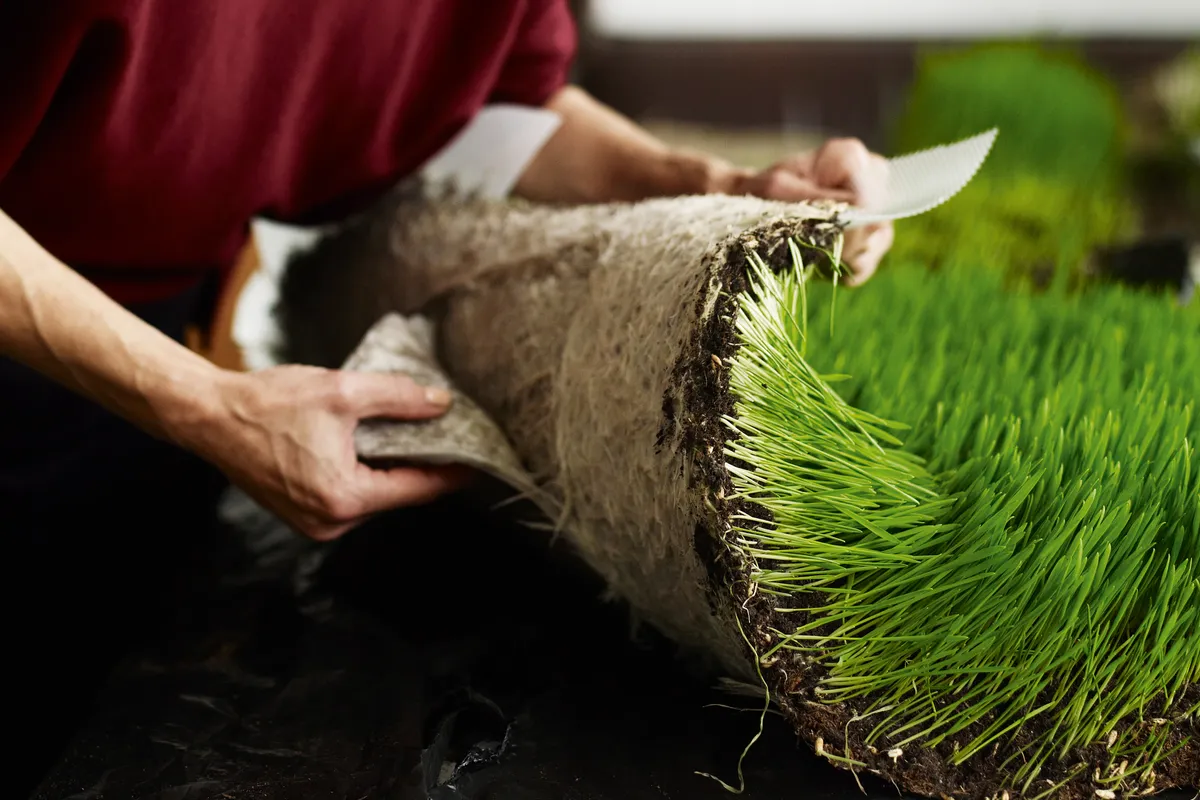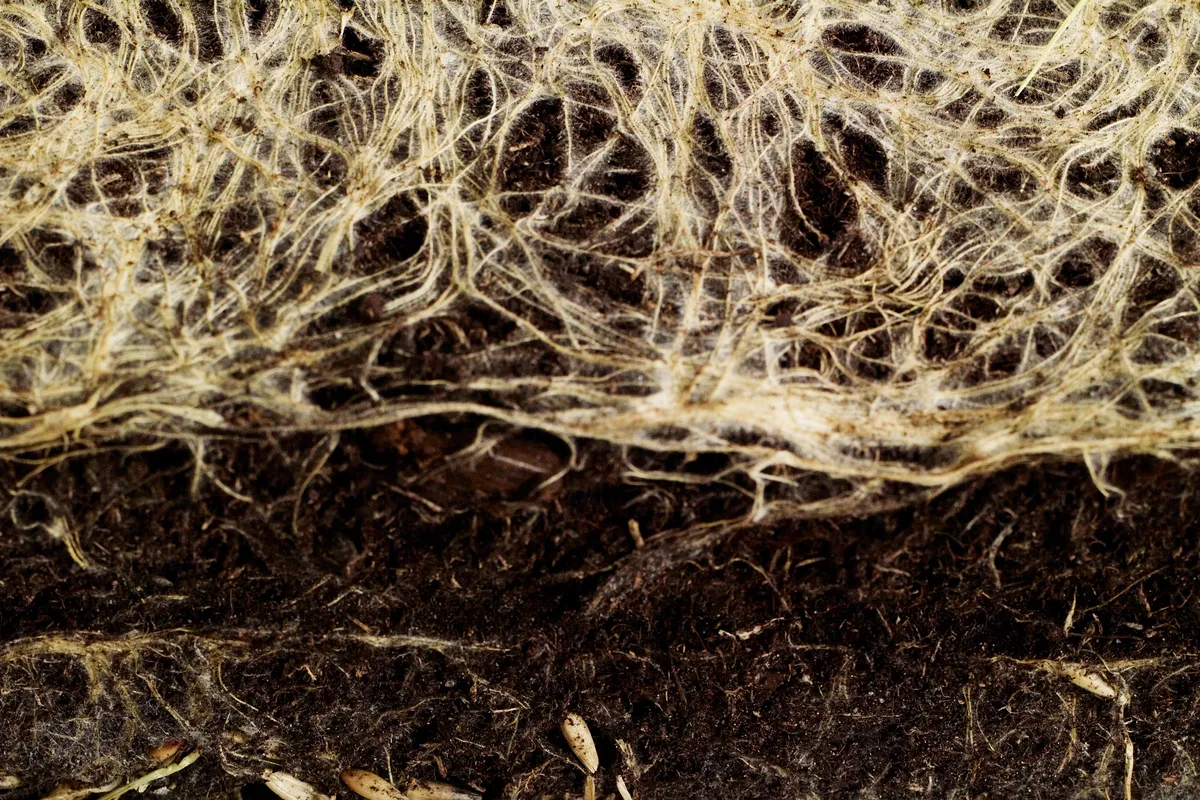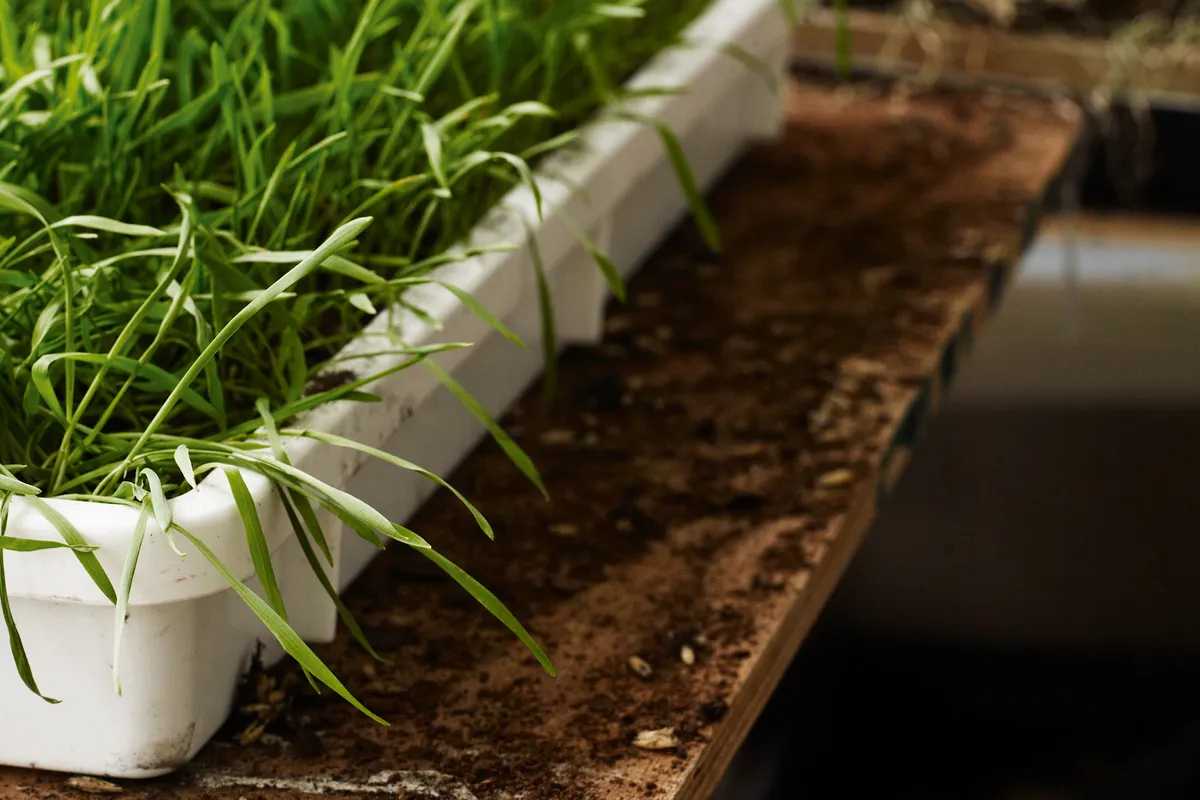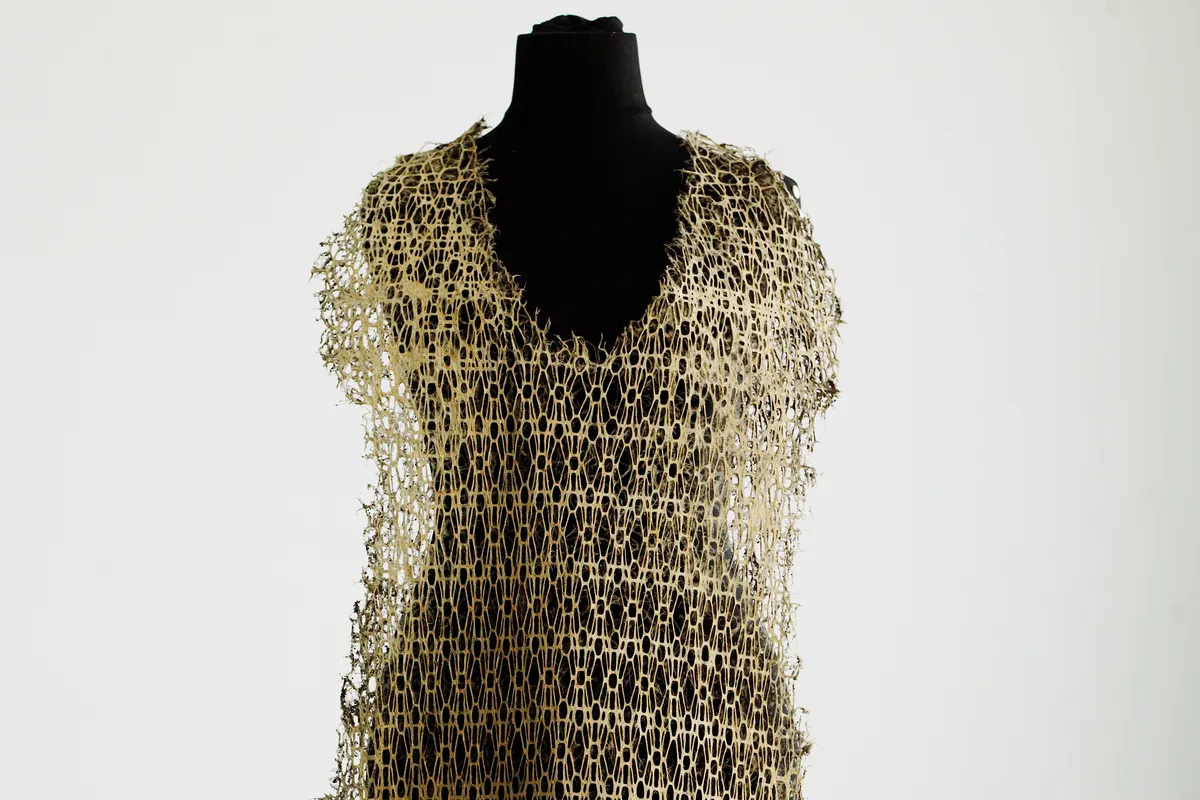In an introductory paragraph on the homepage of her website, German artist Diana Scherer references The Power of Movement of Plants, a study by Charles and Francis Darwin into the movement of plant roots. She highlights their discovery that plants do not passively grow down but move and observe, demonstrating an intelligence that is often overlooked, but it is this intelligence that has enabled Diana to create stunning pieces of art made entirely from the roots of plants.
Going back to her roots

Her fascination with plant roots began while studying fine art and photography at the Gerrit Rietveld Academie in Amsterdam. Diana developed a series of portraits called Nurture Studies, revealing the complex structure of roots in vases by photographing each plant with the vessel they had grown into, removed. She experimented with more than 100 different plants, from poppies and dandelions, to grasses and nettles but it was during this study that she began to connect different plant roots to different materials; the grass roots looked like silk, verbena roots like linen and daisy roots like wool. Diana became taken with the idea that she could create her own patterns using the root system and decided to take her study further.
I’m an artist and if I tell you everything the mystery will be gone.
With the help of plant biologists at Radboud University in Nijmegen, the Netherlands, Diana discovered that by using reusable subterranean plastic templates and the natural energy of the plants, she could mould the growing roots. However, exactly how she does this is a well-kept secret. “It’s difficult for me not to tell,” she says. “But my colleagues don’t tell their secrets either. I’m an artist and if I tell you everything the mystery will be gone.” Although she likes to maintain the mystery, she will reveal that each template is a different pattern, based on basic geometric patterns in nature, such as the hexagon of a honeycomb, a favourite of Diana’s because of its simplicity.

Over time, Diana has developed two techniques. The first is her thick, rug-like pieces, where the soil is very much a part of the live design and the second, is the dried, textile-like material, which is considerably thinner. This technique requires a little maintenance once the pieces have finished growing to remove the soil and prevent the roots from rotting but Diana is happy to leave a little soil on the work to maintain a connection to the growing process. “I think the soil gives a special layer to the work,” she says. “There is always soil at the back of the pieces but I think it makes it more honest. Soil is quite an important medium to me because it is so much a part of the process.” Diana uses grass seed because of its strength and its ability to densely fill her templates, and chose a mix of compost and cocoa peat or coir as her winning soil combination because she liked the yellow-tinge the peat gives to the roots.
It may sound clichéd to make a dress but I think it is also very organic to follow a body with the growing roots.
The textile pieces she developed tempted Diana down the path of sustainability and the potential of plants as an alternative material. Diana has always had a keen interest in textile and fashion design. Before studying in Amsterdam, she applied to study fashion at Central Saint Martins in London but failed to win a place on the coveted course. Years later, she has come full circle and her work in Root System Domestication has led her to design a dress. “It was very natural,” she says. “It may sound clichéd to make a dress but I think it is also very organic to follow a body with the growing roots.”

Although the dress is a piece of art, for Diana it is the first step towards creating a material or fabric that could be applied in the future, an area of design she is serious about exploring. “I’d like to think it could be something someone could wear but I need a few more years. I’m not in a rush because I enjoy the work so much, it’s such a beautiful way to work.” Diana still works closely with Radboud University and in a few weeks, will move from her studio to its warm greenhouse where she can grow up to 20 designs at once, and is looking forward to experimenting with different plants. “Study, research, doing and producing,” she says. “It’s important.”
